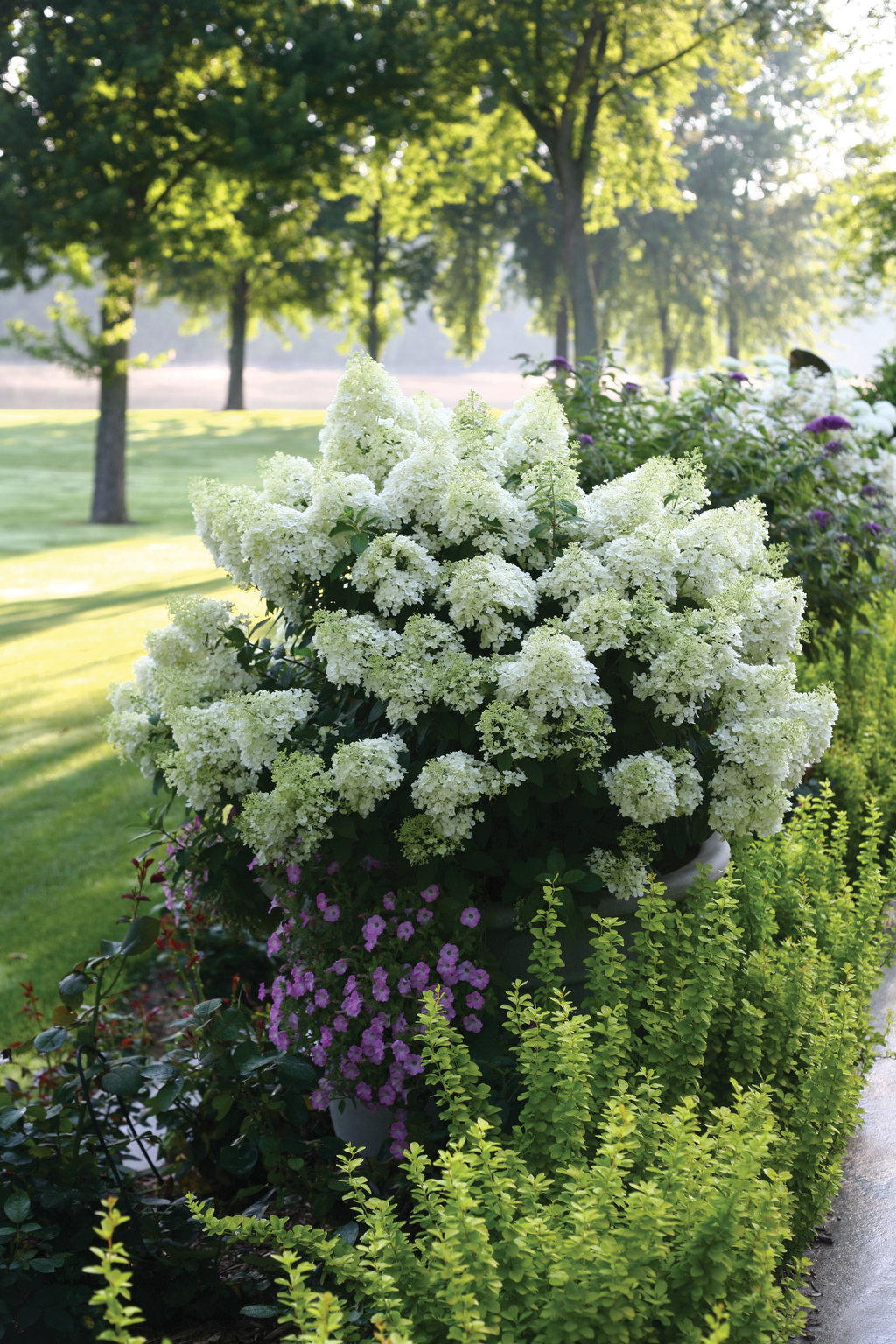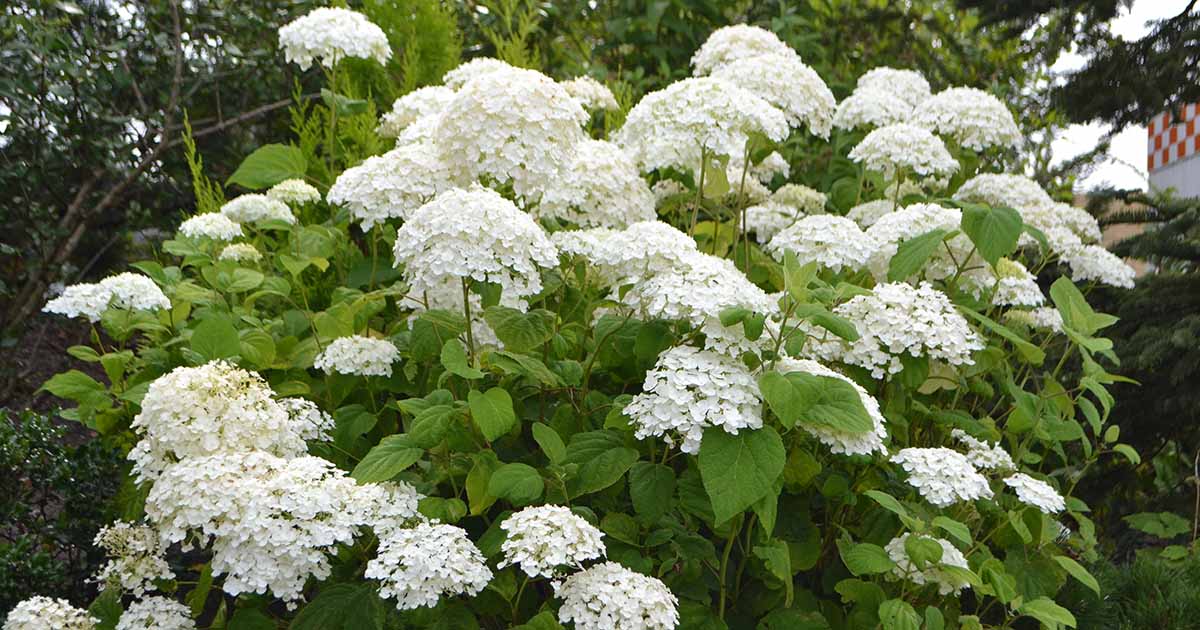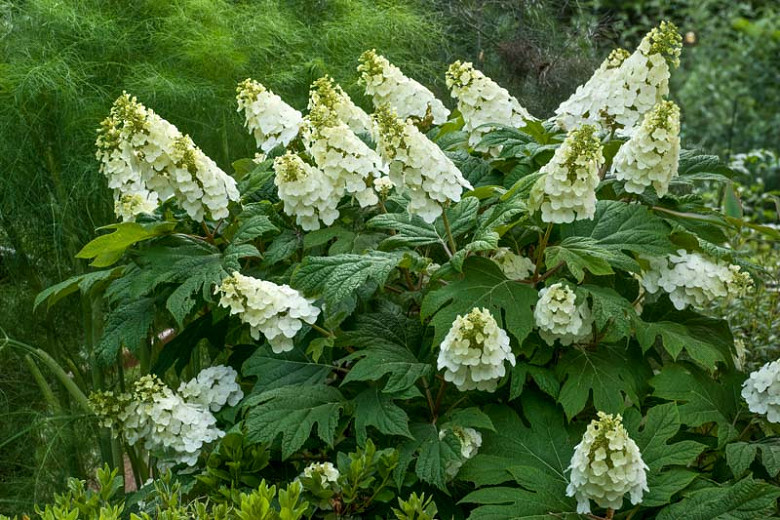How To Grow Hydrangeas Like A Pro: The Ultimate Guide
Introduction
Hydrangeas are one of the most popular flowering shrubs in the world, and for good reason. They are easy to grow, come in a wide variety of colors, and can be enjoyed for many years. If you are thinking about adding hydrangeas to your garden, here is a comprehensive guide on how to grow them like a pro.
Choosing the Right Hydrangea
There are many different types of hydrangeas available, so it is important to choose the right one for your garden. Some factors to consider include the size of the plant, the color of the flowers, and the amount of sun and shade the plant needs.
If you have limited space, you may want to choose a smaller variety of hydrangea, such as the dwarf blue hydrangea or the oakleaf hydrangea. If you want a plant with bright pink or blue flowers, you will need to choose a variety that blooms in acidic soil. And if you want a plant that can tolerate full sun, you will need to choose a variety that is labeled as "sun tolerant."
Planting Hydrangeas
Hydrangeas can be planted in the spring or fall. When planting, choose a location that gets partial shade to full sun. The soil should be rich and well-draining. If your soil is alkaline, you may need to add some peat moss or sulfur to acidify it.
Dig a hole that is twice as wide as the root ball of the hydrangea. Place the plant in the hole and backfill with soil. Water the plant thoroughly.
Caring for Hydrangeas
Hydrangeas are relatively easy to care for. They need regular watering, especially during the summer months. You should also fertilize them once a month during the growing season.
In the fall, you will need to prune hydrangeas. This will help to shape the plant and encourage new growth. You can also deadhead the flowers to prevent them from setting seed.
Overwintering Hydrangeas
In most climates, hydrangeas can be overwintered outdoors. However, if you live in an area with cold winters, you may need to protect your plants. You can do this by covering them with a burlap sack or by moving them to a sheltered location.
Harvesting Hydrangeas
Hydrangeas are beautiful flowers that can be enjoyed indoors as well as outdoors. You can harvest hydrangeas when the flowers are fully open. To do this, use a sharp knife or pruning shears to cut the stems at the base of the flower.
Hydrangeas can be stored in a vase of water for up to a week. You can also dry them by hanging them upside down in a cool, dark place.
Conclusion
Hydrangeas are beautiful and easy-to-grow shrubs that can add a touch of elegance to any garden. By following these tips, you can grow hydrangeas like a pro and enjoy their beautiful blooms for many years to come.
Hydrangeas are beautiful flowering shrubs that can add a touch of elegance to any garden. They come in a variety of colors, including blue, pink, white, and purple. Hydrangeas are relatively easy to care for, but they do require some special attention. For example, the color of the flowers can be affected by the pH of the soil.
If you're interested in learning more about hydrangea plants, I recommend visiting . This website has a wealth of information on hydrangea care, including planting, pruning, and fertilizing. You can also find information on different types of hydrangeas and how to choose the right one for your garden.
FAQ of hydrangea plant
Question 1: What are the different types of hydrangea plants?
Answer: There are many different types of hydrangea plants, but some of the most common include:
- Bigleaf hydrangeas (Hydrangea macrophylla): These are the most popular type of hydrangea, and they are known for their large, showy blooms.
- Panicle hydrangeas (Hydrangea paniculata): These hydrangeas produce large, conical blooms that are perfect for cutting.
- Smooth hydrangeas (Hydrangea arborescens): These hydrangeas are known for their white blooms, which can be quite large.
- Oakleaf hydrangeas (Hydrangea quercifolia): These hydrangeas have large, oak-shaped leaves and produce small, white or pink blooms.
- Climbing hydrangeas (Hydrangea petiolaris): These hydrangeas can climb up to 30 feet, and they produce white or pink blooms.
Question 2: Why are hydrangeas blue or pink?
Answer: The color of hydrangea flowers is determined by the pH of the soil. In acidic soil (pH below 6), hydrangeas will be blue. In alkaline soil (pH above 7), hydrangeas will be pink. You can change the color of your hydrangeas by adjusting the pH of your soil.
Question 3: How do I care for hydrangea plants?
Answer: Hydrangeas are relatively easy to care for, but they do have some specific needs. They need full sun to partial shade, and they prefer moist, well-drained soil. They should be fertilized in the spring and fall, and they should be pruned in the late winter or early spring.
Question 4: What are some common problems with hydrangea plants?
Answer: Some of the most common problems with hydrangea plants include:
- Leaf spot: This is a fungal disease that can cause brown or black spots on the leaves.
- Powdery mildew: This is a fungal disease that can cause a white, powdery coating on the leaves.
- Aphids: These small insects can suck the sap out of the leaves, causing them to wilt and curl.
- Scale: These small insects can attach themselves to the stems and leaves, sucking the sap out of the plant.
Question 5: How do I propagate hydrangea plants?
Answer: Hydrangea plants can be propagated by taking cuttings in the spring or fall. To take a cutting, simply cut a 4-6 inch section of stem from a healthy plant. Remove the lower leaves from the cutting, and dip the cut end in rooting hormone. Plant the cutting in a pot of moist potting mix, and keep the soil moist. The cutting should root in a few weeks.
Image of hydrangea plant
5 different images of "hydrangea plant" from Pinterest:
- Hydrangea macrophylla, also known as bigleaf hydrangea, is a popular variety that is known for its large, showy blooms.

- Hydrangea paniculata, also known as panicle hydrangea, is a more upright variety that produces large, cone-shaped blooms.

- Hydrangea arborescens, also known as smooth hydrangea, is a hardy variety that is known for its white or pink blooms.

- Hydrangea quercifolia, also known as oakleaf hydrangea, is a deciduous variety that is known for its large, oak-shaped leaves and its blue or pink blooms.

- Hydrangea serrata, also known as lacecap hydrangea, is a variety that is known for its delicate, lace-like blooms.

Post a Comment for "How To Grow Hydrangeas Like A Pro: The Ultimate Guide"